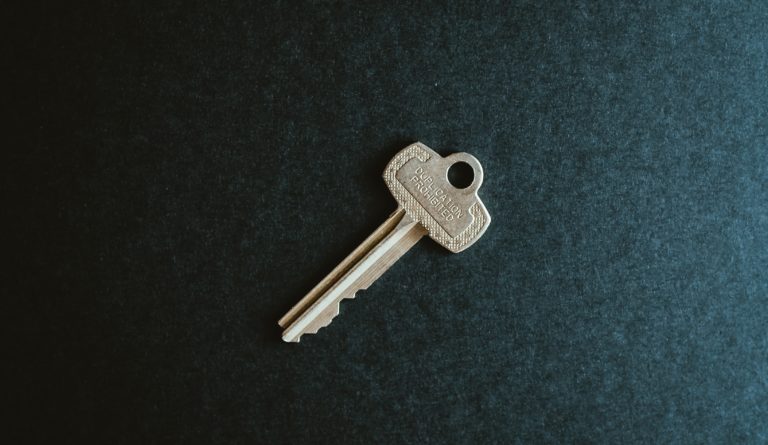
Medicare Surprises Do Exist
CNBC’s recent article entitled “Here are 3 Medicare surprises that can cost you thousands every year” reports that about 62.6 million people—most of whom are age 65+— are enrolled in Medicare. Most pay no premium for Part A (hospital coverage) because they have at least a 10-year work history of paying into the system via payroll taxes.
As far as Part B (outpatient care) and Part D (prescription drug coverage), a senior may see some surprise premium costs, no matter if you stay with original Medicare (Parts A and B) or choose to get your benefits through an Advantage Plan (Part C).
- Higher premiums for higher income. About 7% (4.3 million) of Medicare enrollees pay more than the standard premiums for Parts B and D for income-related monthly adjustment amounts, or IRMAAs, according to the Centers for Medicare and Medicaid Services. This starts at modified adjusted gross income of more than $88,000. It goes up at higher income thresholds. For example, a single taxpayer with income between $88,000 and $111,000 would pay an extra $59.40 per month for Part B on top of the standard premium of $148.50, or $207.90 total. Note that these IRMAAs don’t gently phase in within each income bracket. If you earn a dollar above the income thresholds, the surcharge applies in full force. Generally, these extra charges are calculated by your tax return from two years earlier. You can also request that the Social Security Administration reconsider the surcharges, if your income has dropped since that you filed that tax return.
- Your spouse’s income counts against you. The IRMAAs aren’t based on your own income. For example, if you have retired but your spouse is still working, and your joint tax return is a modified adjusted gross income of $176,000 or higher, you would be subject to IRMAAs.
- If you sign up late, you’ll pay a penalty. Sign up for Medicare during a seven-month window that starts three months before your 65th birthday month and ends three months after it. However, if you meet an exception — i.e., you or your spouse have qualifying group insurance at a company with 20 or more employees — you can put off enrolling. Workers at big employers often sign up for Part A and wait on Part B until they lose their other coverage. When this happens, they generally get eight months to enroll. Note that the rules are different for companies with fewer than 20 employees, whose workers must sign up when first eligible. For each full year that you should have been enrolled in Part B but were not, you could face paying 10% of the monthly Part B standard premium ($148.50 for 2021). The amount is added to your monthly premium for as long as you are enrolled in Medicare.
For Part D prescription drug coverage, the late-enrollment penalty is 1% of the monthly national base premium ($33.06 in 2021) for each full month that you should have had coverage but didn’t. This Part B penalty also lasts as long as you have drug coverage.
Reference: CNBC (June 21, 2021) “Here are 3 Medicare surprises that can cost you thousands every year”









